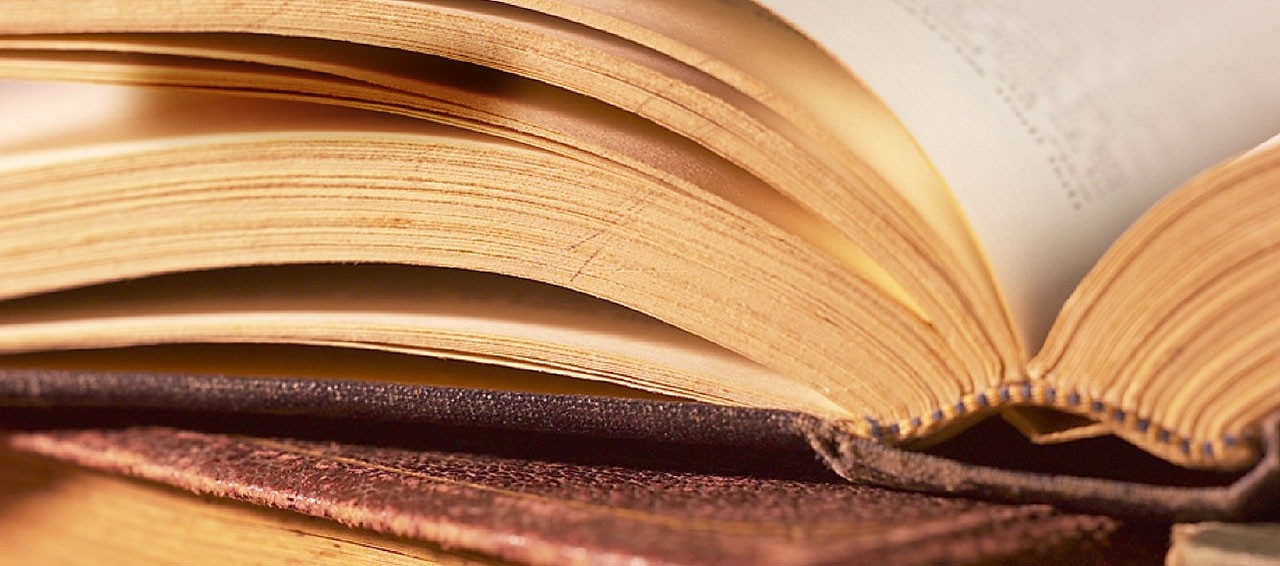ENGL 4007/5403 Studies in Literary History 1
Scholars of Romanticism have proposed the Romantic Century (1750-1850) as an alternative to traditional dates of circa 1789-1837 in order to reorganize the field, partly to account for significant changes in Romanticism studies after canon-busting in the 1980s and partly to reflect on the fluidity of an âismâ that is also understood through Marshall Brownâs notion of âPreromanticismâ and dozens of scholarsâ work on âVictorian Romanticism,â leaking across historical boundaries. Similar challenges arise for literary modes such as the Gothic. This course will explore the heuristic value of an overlapping Gothic Century, beginning with the originary Gothic novel, Horace Walpoleâs Castle of Otranto (1764), and ending with J. Sheridan LeFanuâs sensation novel, Uncle Silas (1864), following scholarship on the sensation novel as a strand of Gothic restrained by realism (the supernatural becomes purely figurative, e.g.). Issues to be considered include: the Gothic as a mode that functions across prose and verse genres); the relationship between Romanticism and the Gothic (particularly through ideological formations such as âHighâ poetry and âLowâ prose forms); Enlightenment ideas of sensibility which undergird both the Gothic and Romanticism, particularly through such works of theory as Burkeâs Enquiry and De Quinceyâs âOn the Knocking at the Gate in Macbethâ; the ways in which the Gothic bridges conservative and radical Romantic politics; and recent debates about the value of periodization and the ânew formalismâ in the study of literary history.
